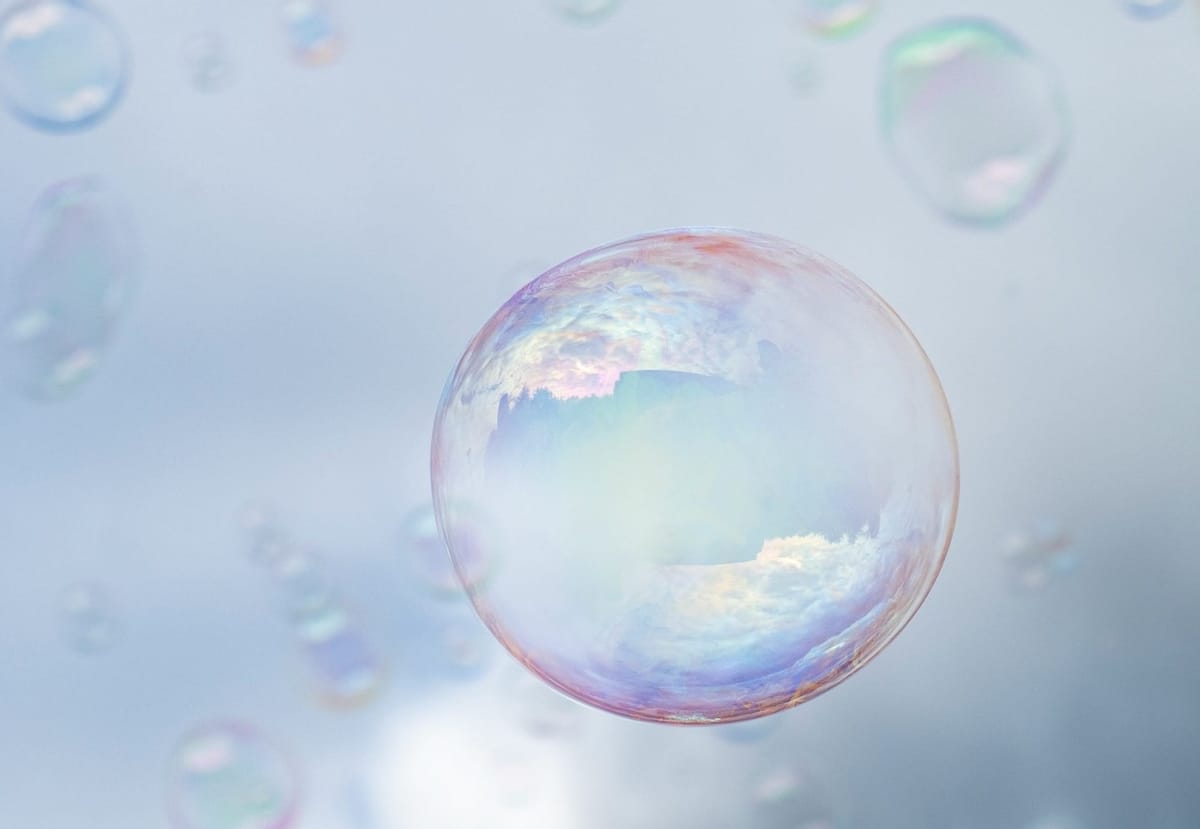The Science We See Every Day

Science is everywhere, even in the simplest things we do every day. From the rainbow colors in soap bubbles to the chill of metal surfaces, the hidden science of daily life explains many ordinary yet fascinating experiences. Let’s explore a few examples that show how extraordinary our world truly is.
Why Do Soap Bubbles Have Rainbow Colors?
Have you ever wondered why soap bubbles shimmer with rainbow colors? This happens because of light reflection and refraction. When light hits the thin layer of soap, it splits into different wavelengths, creating the colors we see. The thickness of the soap film also changes, adding to the vibrant display.
How Do Microwaves Heat Food?
Microwaves use electromagnetic waves to heat food. These waves make water molecules in your food vibrate, creating heat. That’s why foods with more water heat faster! But be careful with metal – it reflects microwaves and can cause sparks.
Why Does Ice Float?
Unlike most solids, ice is less dense than liquid water. This is because water molecules form a crystalline structure when they freeze, creating gaps and making ice lighter. This simple fact is why ice floats in your drink and why life can survive under frozen lakes in winter.
Science doesn’t just live in labs or classrooms; it’s a part of our daily lives, hiding in plain sight. The next time you see a soap bubble or feel a static shock, remember the fascinating science behind it. Exploring these everyday phenomena not only answers questions but also reminds us how amazing our world truly is.

